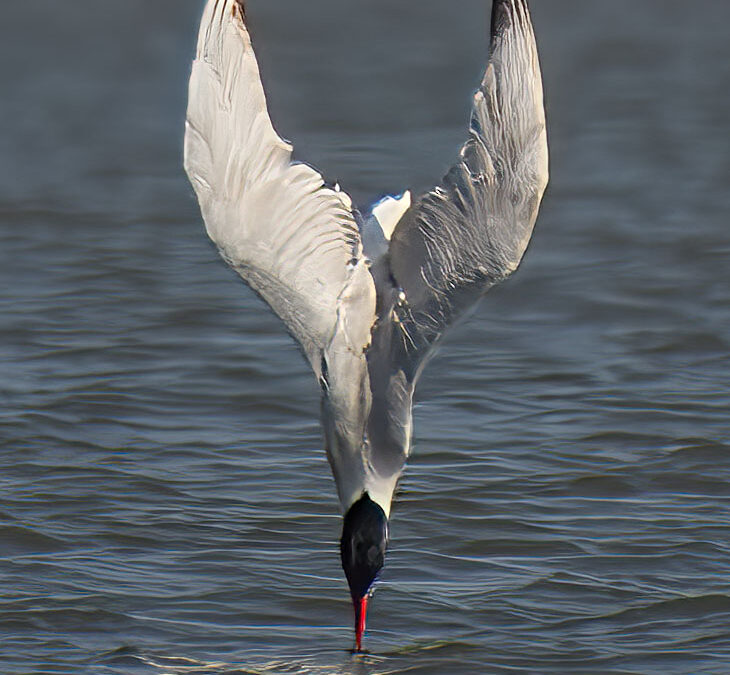
Given how important “conservation” is to, well, protecting wildlife, you’d think that there would be general agreement on what the term means. Turns out that is not the case. Although the word appears in many state statutes, it often goes undefined, leading to widespread confusion about what state wildlife managers ought to be doing.
In an effort to provide guidance to Washington State wildlife managers in the face of a biodiversity crisis and other threats, in 2021 the Washington Fish and Wildlife Commission (WFWC) released a three-page draft conservation policy.
The proposed policy declares conservation of the state’s wildlife for the benefit of all residents to be the top priority of wildlife management in the state. Conservation is defined as: Science informed actions to preserve the health and resilience of natural environments including fish, wildlife and humans, safeguard the intrinsic value of nature, and provide equitable benefits to current and future generations of human and non-human life. These actions include protecting and restoring air, soil, water, biological diversity, ecosystem processes and evolutionary potential.
The draft policy has proved surprisingly controversial. Wildlife advocates like Washington Wildlife First–a Wildlife for All coalition partner–strongly support it, but many hunting groups like the Rocky Mountain Elk Foundation oppose it as a threat to traditional values and hunting culture. They object to the use of terms like “preserve” and “intrinsic value” in the definition of conservation, which they argue should emphasize sustainable consumptive use of wildlife.
The debate in Washington over something as fundamental as the meaning and importance of conservation indicates how entrenched state wildlife management is throughout the U.S., and the challenge Wildlife for All and our partners face in reforming it.
WFWC hopes to finalize the policy before the end of the year. Read more at this Columbia Insight article here.

